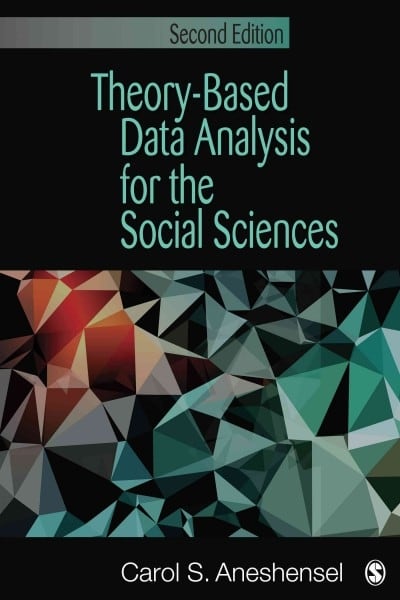Question
Goal: To examine learning in the context of evolutionary theory. Instructions: Please answer the two questions below in as much detail as you can using
Goal: To examine learning in the context of evolutionary theory.
Instructions: Please answer the two questions below in as much detail as you can using your readings and your personal experiences.
1. Based on studies on animals that have been deprived of light, toys, and interactions with others,what are the implications for education and early child rearing practices for children from impoverished environments? Are these deprivations irrevocable? How can society provide more enriched experience for babies and young children?
2. Discuss ways in which learners indicate spherical brain preferences. Provide specific examples. Should teachers cater to the learners' preferences or should teachers also address the learners' least preferred hemisphere? Explain your answers.
3. How would evolutionary theory influence (or not) the skill you are trying to learn?
Define the following terms and provide an example where appropriate:
a. lateralization
b. sociobiology
c. taste aversion
d. evolutionary psychology
e. inclusive fitness
f. instinctive drift
g. direct instruction
h. inclusive fitness
i. altruism
j. limbic system
Instructions: Please answer the questions below in as much detail as you can using your readings and your personal experiences.
1. What parts of evolutionary theory or the brain did you find most interesting? Why?
2. Tolman talks about linking students' desirable, growth-enhancing behaviors with positive outcomes. How can teachers make learning a positive experience for students? How can they ensure that what they are doing in a classroom is meaningful so that the students see a positive outcome for what they are learning?
3. Arousal is an important concept in Hebb's theory of motivation. What are your thoughts about how arousal may be influenced by age, developmental level, and subject matter being taught?
4. According to the Gestaltists, people learn by insight, not by trial and error. What are the implications for parents and teachers?
5. How might these theories (Hebb, Tolman, the Gestaltists) be used to help you learn your skill?
Define the following terms:
a. Neuron
b. Reactivity
c. Plasticity
d. Prgnanz
e. Insight
f. Cognitivism
g. Action Potential
h. Neurotransmitter
i. Synapse
Step by Step Solution
There are 3 Steps involved in it
Step: 1

Get Instant Access to Expert-Tailored Solutions
See step-by-step solutions with expert insights and AI powered tools for academic success
Step: 2

Step: 3

Ace Your Homework with AI
Get the answers you need in no time with our AI-driven, step-by-step assistance
Get Started


